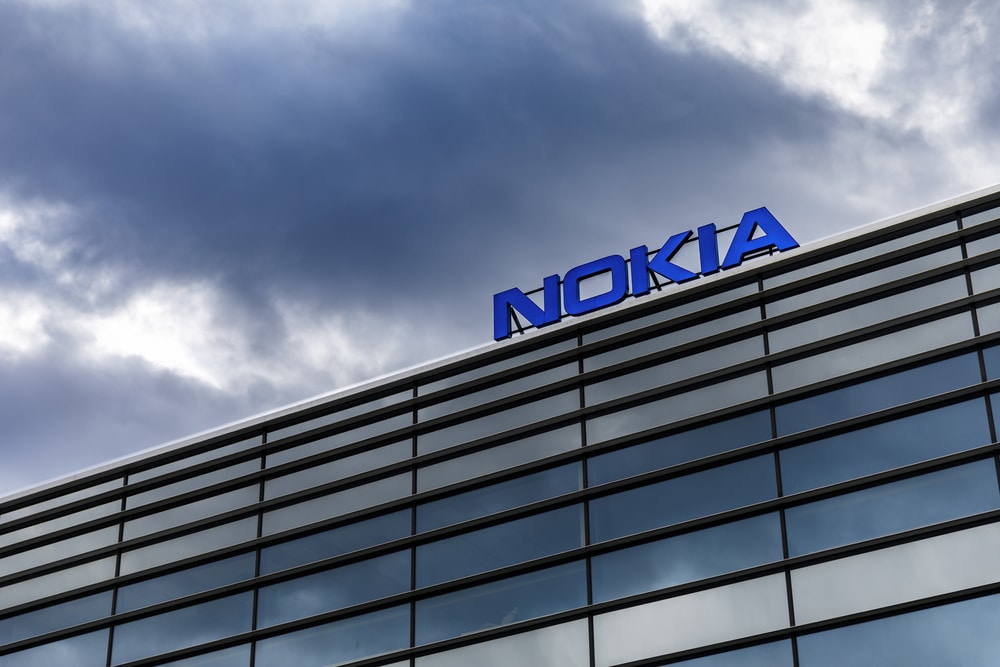
Nokia Pursuing Broader Opportunities in Metaverse 2030 Plan
According to Nokia’s Technology Strategy 2030 report, the firm intends to invest heavily in its network equipment and services portfolio over the coming years.
Nokia, a telecoms infrastructure company, expects a rise in network demand because of upcoming developments in Web3, the metaverse, and artificial intelligence (AI) and intends to bridge this gap by 2030.
Nokia’s Technology Strategy 2030 report revolves around developing a future network architecture to serve the upcoming innovations market. The company expects a 22 to 25% rise in network demand from 2022 to 2030.
According to Federico Guillén, the firm’s network infrastructure president, the increase is due to the latest mainstream unveiling of generative artificial intelligence and virtual reality (VR) devices.
Nokia’s Metaverse to Involve Spatial Computing and Human Augmentation
Nokia’s strategy entails heavy investment in its portfolio of network equipment as well as services in the coming years. The Internet of Value is one of the ecosystems the firm will cater to, emphasizing blockchain, decentralization, and smart contracts.
Nokia’s emphasis on the metaverse will involve spatial computing, human augmentation, and split processing. The remaining ecosystems entail Industry 5.0, artificial intelligence, Cloud Continuum, and Application Programming Interface (API).
In 2022, Nokia developed two labs to evaluate the metaverse and the technologies that reinforce the ecosystem and experimented with numerous vast-scale and industrial metaverse initiatives last year. The company has established a future network architecture founded on network digital twin technology.
A digital twin refers to a physical object’s simulation, mainly utilized for testing and prototyping in construction, manufacturing, and associated sectors. In South Australia, Nokia has used the metaverse to aid Cessna aircraft experts at faraway airports.
In 2023, Nokia Oceania’s chief technology officer, Robert Joyce, told a digital media resource that they had a 5G-linked Microsoft HoloLens and could tell people how to service a Cessna using augmented reality.
Finnish Scientists Experiments Metahumans to Showcase Metaverse Potential
A Finnish pair of scientists experimented with digital twins called ‘Metahumans’ to illustrate the metaverse’s potential in gamifying worker management compared to a conventional optimization program.
‘A MetaHuman goes past the visual depiction, including the represented person’s internal traits, for instance, cognitive states and emotions.’
In an actual-world situation, data gathered through digital twins in industrial simulations can be utilized to establish ideal work approaches for the live teams, possible output and performance, and new safety measures.
The renewed interest in the metaverse comes at a time when Meta and other tech giants slowed down in their projects. The deceleration is attributed to the pursuit of emerging opportunities in artificial intelligence, prompting the relegation of metaverse to the back seat.
Editorial credit: RistoH / Shutterstock.com




